Is Alzheimer’s a Disability? How to Qualify for SSDI and SSI
Alzheimer’s disease is a progressive neurological condition that significantly impacts memory, reasoning, and daily functioning. For individuals and caregivers navigating this diagnosis, understanding how the Social Security Administration (SSA) evaluates Alzheimer’s for disability benefits is critical.
Alzheimer’s is recognized by the SSA as a disabling condition. Depending on the diagnosis (like early-onset) and severity, it may qualify for expedited processing under the Compassionate Allowances program or meet specific Blue Book criteria. Success depends on robust medical evidence documenting cognitive and functional decline over time.
How the SSA Evaluates Alzheimer’s for Disability Benefits
Compassionate Allowances (CAL) Program
- Early-Onset Alzheimer’s Disease is specifically listed under the CAL program. This program is designed to expedite applications for conditions that clearly meet Social Security’s disability standards. You can view the conditions list here: SSA Compassionate Allowances Conditions List.
- Later-stage Alzheimer’s certainly qualifies for disability based on severity, but it does not automatically trigger CAL processing unless it was diagnosed as early-onset. However, severe cases are still processed based on the evidence.
- Processing Timelines: CAL claims are prioritized, significantly reducing wait times compared to standard applications. Decisions can potentially be made within weeks or a few months, though this depends heavily on submitting a complete application and current SSA workloads.
Blue Book Listing 11.17 – Neurocognitive Disorders
- Alzheimer’s disease is primarily evaluated under the criteria in the SSA Blue Book – Section 11.17 Neurocognitive Disorders.
- To meet this listing, the medical evidence must document extreme limitation in one, or marked limitation in two, of the following broad areas of mental functioning:
- Understanding, remembering, or applying information.
- Interacting with others.
- Concentrating, persisting, or maintaining pace.
- Adapting or managing oneself (e.g., regulating emotions, maintaining hygiene).
Medical-Vocational Allowance
- If the specific criteria of Listing 11.17 are not met, the SSA will assess your Residual Functional Capacity (RFC).
- The RFC evaluation considers how your Alzheimer’s symptoms limit your ability to perform work-related tasks. Based on your RFC, age, education, and work history, the SSA determines if you can perform any of your past work or adjust to other types of work available in the national economy.

Key Evidence to Strengthen Your Claim
The SSA requires objective, longitudinal medical records that clearly show the progression of the disease and its impact on functioning:
- Neurological Evaluations: Results from cognitive tests (like MMSE, MoCA), clinical findings from neurologists, and relevant brain imaging (MRI, PET scans) supporting the diagnosis.
- Neuropsychological Testing Reports: Detailed assessments measuring memory, language, executive function, reasoning, and other cognitive domains.
- Daily Functioning Reports: Statements from caregivers, family members, or healthcare providers describing specific difficulties with daily activities (e.g., managing finances, preparing meals, medication errors, getting lost, changes in social interaction).
- Physician Notes & Medical Records: Consistent documentation from treating physicians detailing symptom progression, treatments tried, side effects, and observed limitations over time.
SSDI vs. SSI: Key Differences
- SSDI (Social Security Disability Insurance): An earned benefit requiring a sufficient history of working and paying Social Security taxes. Benefit amount is based on past average earnings. Learn more: SSA Disability Benefits (SSDI).
- SSI (Supplemental Security Income): A needs-based program for individuals with very limited income and assets, regardless of work history. Learn more: Understanding Supplemental Security Income (SSI). (It’s possible to be eligible for both in some cases).
Tips to Strengthen Your Claim (As of 2025)
- Apply Early: Especially for Early-Onset Alzheimer’s, file for benefits as soon as symptoms begin interfering with your ability to work reliably. Don’t wait until the condition is profoundly advanced.
- Detail Functional Limitations: Be specific. Instead of “has memory problems,” provide examples like “unable to follow multi-step instructions,” “gets lost driving familiar routes,” or “requires reminders for all daily tasks.”
- Consult Experts: Consider working with a disability attorney or advocate experienced with neurological conditions. They can help gather evidence, present the case effectively, and navigate complex RFC assessments or appeals.
- Monitor Policy Updates: While core rules are stable, periodically check the official SSA website (SSA.gov) for any updates to forms, procedures, or regulations.
FAQs
Can you get disability for early-stage Alzheimer's?
Yes, absolutely. If documented symptoms and limitations prevent you from performing substantial gainful activity (work), you can qualify even in earlier stages. Early-Onset Alzheimer's cases may also benefit from faster CAL processing.
How fast is CAL approval?
CAL significantly prioritizes claims for faster review, potentially reducing waits to weeks or a few months. However, the exact timeline varies. Ensuring all necessary medical evidence is submitted upfront helps avoid delays.
What if the applicant can't manage the paperwork?
A family member, caregiver, or appointed legal representative can assist with or complete the application process on the applicant's behalf using the SSA's official representative procedures (https://www.ssa.gov/representation/). Securing disability benefits for Alzheimer's disease requires clearly demonstrating, through consistent and comprehensive medical evidence, how the condition prevents sustained work activity according to SSA standards. Understanding the evaluation process, particularly the potential for Compassionate Allowances and the criteria of Blue Book Listing 11.17, is essential for navigating the application successfully.
Disclosure: This informational article is provided by Trajector Disability, an organization that assists individuals with disability claims. While we strive for accuracy and clarity based on current information, this is not legal advice. Always verify specific details with the Social Security Administration or consult qualified legal counsel for advice tailored to your situation.
Need Help? Contact Trajector Disability for a free evaluation of your disability claim. There are no fees unless your claim is approved.


